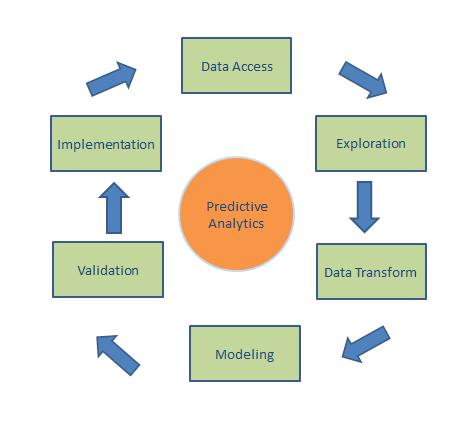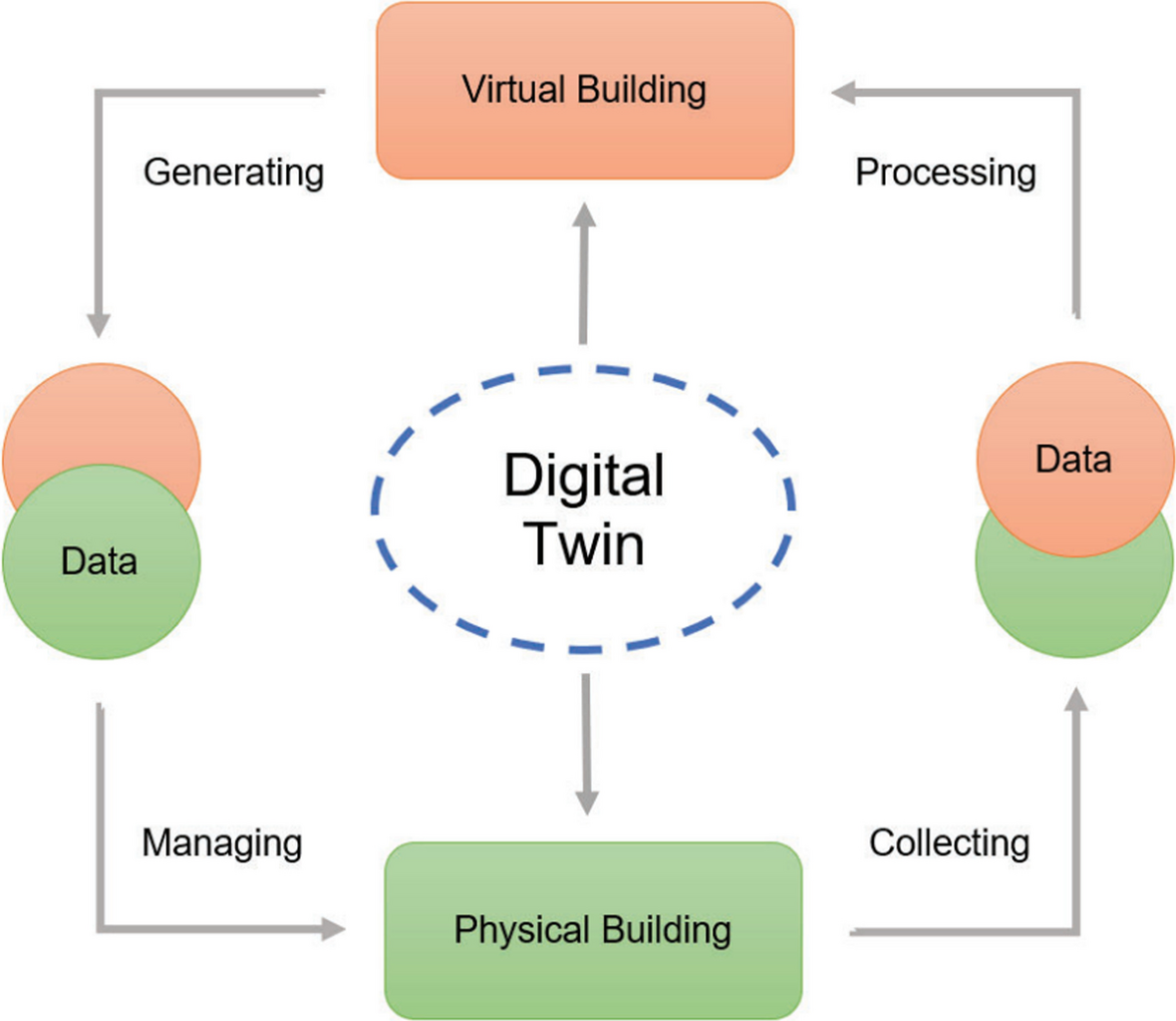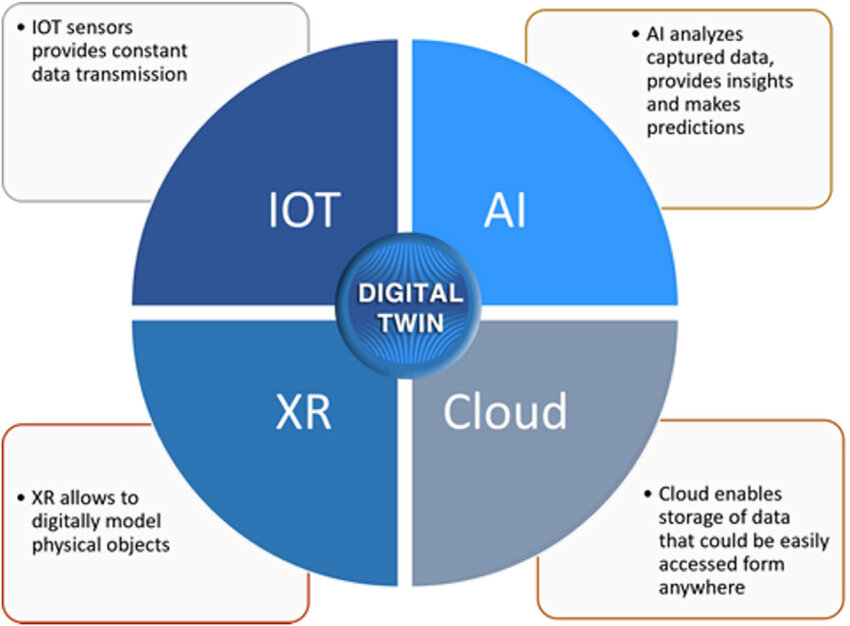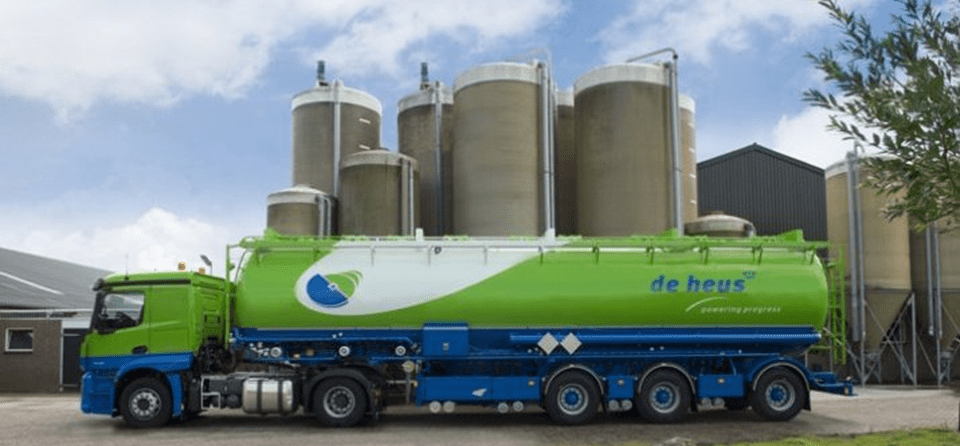Recently, Lanner's Eric Gaury delivered a webinar focused on how predictive digital twins can be used to help maximise project ROI. He also spent some time discussing how you can understand and maximize your investment in predictive simulation technology itself.
Results
The use of predictive simulation modeling makes it easy to see and understand the impact of proposed changes in the entire end-to-end process, often uncovering unintended consequences. By exposing potential challenges or opportunities early, decisions can be made with confidence.
For example, analysis showed bottleneck issues at the site entrance. This would have impacted overall site performance and throughput if not identified during the design stage. By identifying issues early, the site plan supports decreasing truck throughput time, decreasing delays in dock processing and increasing overall site throughput capability.
Also, while the masterplan will serve as a basis for future facilities in Africa and Asia, each facility will require some adjustments based on local requirements. By developing a flexible, dynamic simulation model, the masterplan can be easily updated for specific site requirements, with the assurance that the plan will perform as intended. Analyzing the performance of the plans in the design stage, before resources are committed, will also ensure a Royal HaskoningDHV was selected to create a greater return on investmentbased on CAPEX savings.



